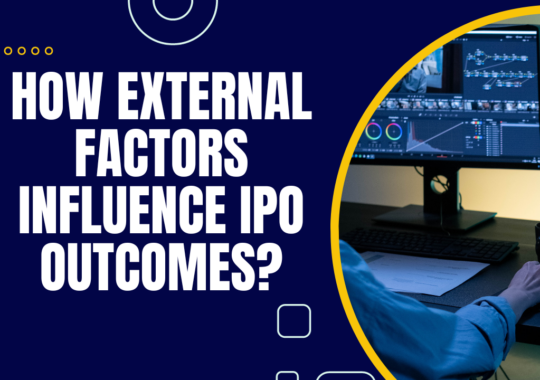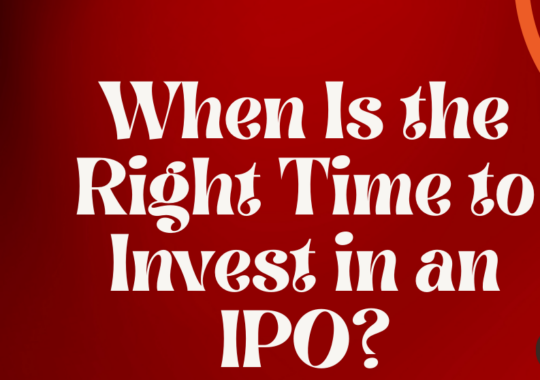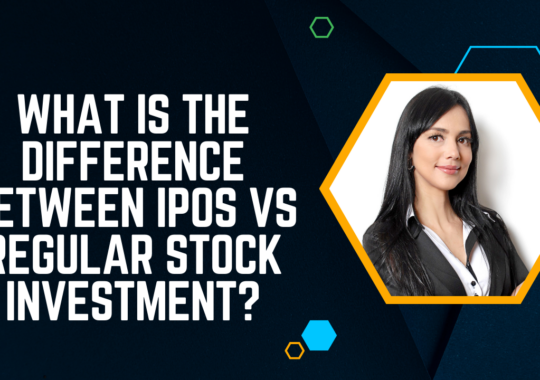Finding the ideal investment as a beginner can seem like an intimidating journey. With a multitude of investment opportunities available, it’s essential to opt for one that aligns with your financial goals and risk tolerance.
Typically, low-risk investors are keen to prioritize stability and predictability, which often leads them to bonds or mutual funds. However, another investment vehicle is growing in popularity due to its accessibility and flexibility: exchange-traded funds, commonly known as ETFs.
What Are ETFs?
To understand ETFs, picture a sizable, beautifully diversified basket of varied investments. This basket could hold an array of items—from stocks and bonds to commodities—and is traded on an exchange, similar to individual stocks. You can think of this basket as a mini-portfolio.
When you put your money into an ETF, you’re essentially buying a piece of this diversified collection. It’s an ingeniously simple way to spread out your investments across various assets without the need to purchase each separately, offering you a smoother ride on the often bumpy road of investing.
As ETFs can be used for various purposes, like income generation, diversification, or offsetting investment risks, investors can explore different types of ETFs, which are:
- Passive and active ETFs;
- Stock ETFs;
- Bond ETFs;
- Currency ETFs;
- Commodity ETFs;
- Industry or sector ETFs;
- Inverse ETFs;
- Leveraged ETFs; and so on.
The Pros And Cons Of Investing In ETFs
As with all investments, ETFs come with their set of pros and cons.
On the positive side, ETFs offer excellent liquidity, given their stock-like trading characteristics. They allow access to a broad spectrum of assets, from traditional stocks and bonds to commodities and even international markets. This immediate exposure to a diverse mix of assets simplifies diversification, helping to lower the overall risk associated with your investment.
To maximize your investment returns, dividends in open-ended ETFs are immediately reinvested. Regarding capital gains tax, ETFs are more tax-efficient than mutual funds. In mutual funds, investors often must share capital gains with stock shareholders when securities are sold for a profit.
However, the path of investing is rarely without its bumps. While generally exhibiting less volatility than individual stocks, ETFs still carry market risk. A downturn in the market can lead to a decrease in your ETF’s value. Unlike mutual funds, ETFs may require you to pay a brokerage commission each time you buy or sell shares, an expense that could chip away at your potential earnings over time.
Investing In ETFs: A Few Beginner Tips
If you’re considering dipping your toes into the world of ETFs, here are a few tips to keep in mind:
Understand the ETF structure and its underlying assets
The structure of an ETF can vary. Some physically own the assets they track (physical ETFs), while others use financial derivatives to replicate the performance of an asset (synthetic ETFs). Physical ETFs tend to be more straightforward and less risky, as they directly own the asset. Synthetic ETFs, on the other hand, rely on the promise of another party to deliver the required returns, which can lead to counterparty risk. Thus, knowing the ETF’s structure is vital.
Additionally, investigate the underlying assets or index that the ETF tracks. These assets, ranging from a specific set of stocks to international securities, commodities, or bonds, will directly influence the ETF’s performance. A solid understanding here allows you to gauge potential market risks better.
Be mindful of the expense ratio
The expense ratio, the annual fee that all funds charge their holders, is a critical aspect of ETF investing. While it might seem small as a percentage, it can significantly affect your long-term returns.
For example, an ETF with an expense ratio of 0.10% will save you a substantial amount over an ETF with a 1% expense ratio if other factors remain constant. Therefore, it’s essential to compare expense ratios among similar ETFs to ensure cost efficiency.
Implement diversification within ETFs
While ETFs inherently offer diversification by tracking a broad index or a sector, further diversification is possible and advisable.
Try to diversify across different types of ETFs—such as sector ETFs, bond ETFs, commodity ETFs, and international ETFs—based on your risk tolerance and investment goals. This strategy can provide you with exposure to a wide variety of markets and further reduce risk.
For further guidance on ETF investment, reach out to a financial advisor to help you out in your ETF investment journey.
The Bottom Line
In conclusion, ETFs provide an accessible and flexible investment opportunity, particularly appealing to beginners and low-risk investors. With their inherent diversification and ease of trade, they could be the investment vehicle that helps you attain your financial goals. Nonetheless, as with any investment, always do your research and consider your financial situation and risk tolerance before jumping in. Remember, the goal isn’t to get rich quickly but to build wealth steadily over time.

Krishna Murthy is the senior publisher at Trickyfinance. Krishna Murthy was one of the brilliant students during his college days. He completed his education in MBA (Master of Business Administration), and he is currently managing the all workload for sharing the best banking information over the internet. The main purpose of starting Tricky Finance is to provide all the precious information related to businesses and the banks to his readers.





